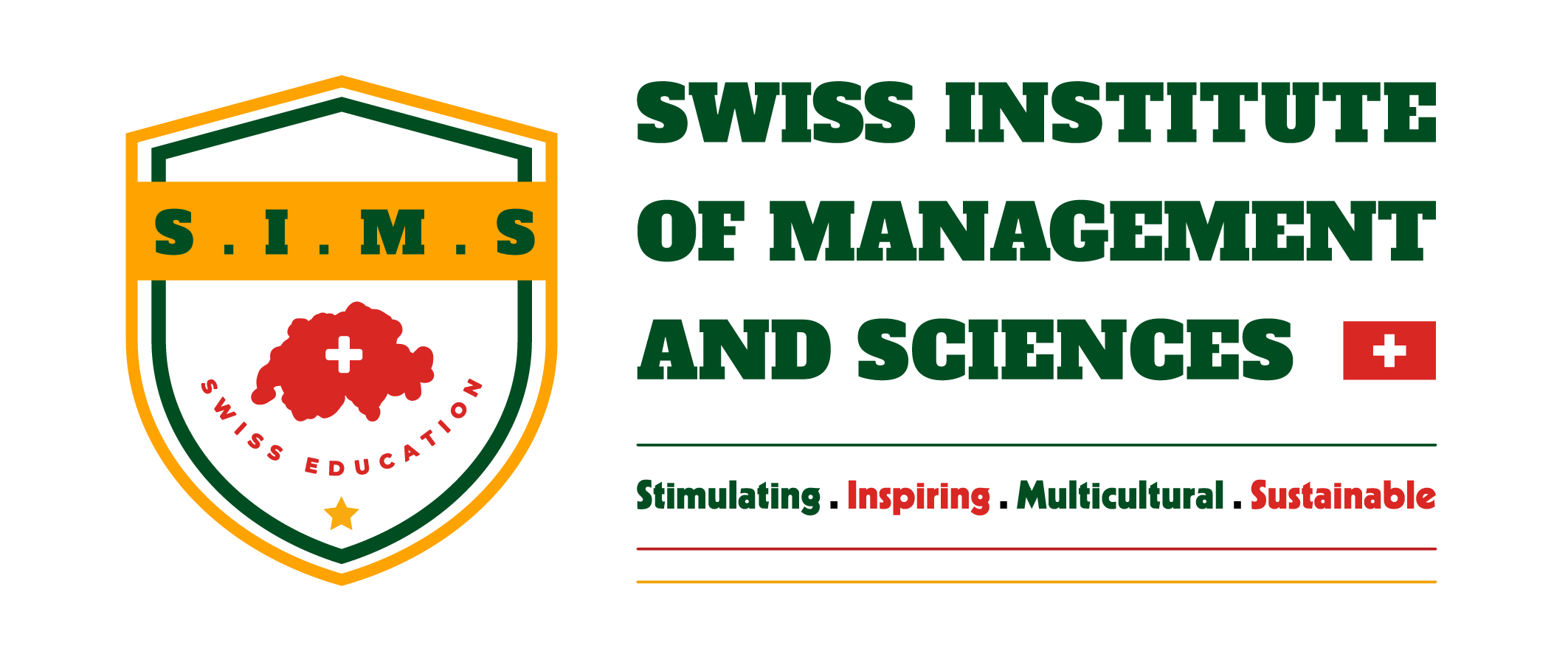For decades, education has often been compared to a ladder. Learners must climb each of these steps in the following order: Remember - Understand – Apply – Analyze – Evaluate – Create. This method is called Bloom’s Taxonomy – a widely used learning framework in lessons, curricula, and exams all over the world.
But times have changed. Knowledge today doesn’t follow a linear order. It unfolds unexpectedly – driven by needs, experiences, or even just a glimmer of a personal curiosity. In this situation, a new approach has begun to emerge: Flat education.
Flat education – not replacement, but reinvention
Flat education doesn’t reject Bloom’s model; instead, it introduces a more flexible learning strategy, centering on the learner and real-world context. Students are no longer required to “remember” before they can “apply”; now, they can enter the process at any point they want – even starting with mistakes.
· “Remember” isn’t just rote learning, but holding onto what truly matters.
· “Understand” arises not only from reading or listening, but from trial, error, and reflection
· “Apply” doesn’t wait until one is ‘good enough’, it is the action that deepens understanding.
· “Analyze” is not simply breaking down information, but discovering the true meaning behind it.
· “Evaluate” extends beyond grades; it opens up perspectives: emotions, social impact, and personal values.
· “Create” doesn’t wait for perfect conditions, but emerges from chaos, curiosity, and genuine needs.
Learning as a winding journey
In today’s world, education is no longer a straight, one-way road. Learners can move forward, backward, or take detours – depending on the context, abilities, and personal goals. And paradoxically, this “flatness” brings greater depth to the learning experience.
Flat education believes that every individual has the right to draw their own learning map – where no step is meaningless, even the wrong one.





